 The First Arrow, The Second Arrow, and the Battle Within
The First Arrow, The Second Arrow, and the Battle Within
There’s a saying that pain is inevitable, but suffering is optional. In many ways, this idea captures one of the most overlooked dynamics of human experience—one rooted in an ancient Buddhist metaphor:
When life hits you with an unexpected challenge, that’s the first arrow—sharp, sudden, and often unavoidable. But what follows next is where most of our suffering truly begins. This is the second arrow—the one we fire upon ourselves, deepening the wound.
To understand how this plays out, let’s walk through a scenario—one that might feel all too familiar.
The First Arrow: Life’s Unavoidable Challenges
Imagine this: You’re at work, knee-deep in a project that has taken up most of your week. The deadline looms closer than you’d like, but you feel like you have a handle on it. Then, a sudden email notification pops up: Meeting in 10 minutes.
You barely have time to gather your thoughts before you’re in front of your team—and your boss. The discussion shifts to your project, and before you know it, your boss is asking why things aren’t further along. There’s an edge in their voice. A few of your colleagues glance at each other.
Your stomach knots. Your face feels warm. The embarrassment is instant.
This is the first arrow—the external challenge, the real-life event that you couldn’t fully control. It’s the missed deadline, the unexpected feedback, the argument with a loved one, the unforeseen problem that blindsides you. These things happen. They’re part of life.
And if the story ended there, it would be uncomfortable, sure. But discomfort passes. The wound is surface-level.
Yet, for most of us, that’s not where the experience ends.
The Second Arrow: The One We Fire at Ourselves
As you sit in the meeting, the moment replays in your head, over and over again. You’re barely present in the conversation anymore because your mind is running ahead, creating a story that is far worse than reality.
Why am I always messing up?
I should have prepared better.
I bet everyone thinks I’m incompetent.
Maybe I’m not as good at this job as I thought I was.
I should have prepared better.
I bet everyone thinks I’m incompetent.
Maybe I’m not as good at this job as I thought I was.
This is the second arrow—and it is entirely self-inflicted.
Unlike the first arrow, which is simply what happened, the second arrow is the meaning we attach to it. It’s the inner dialogue that tells us we’re not good enough, that we should have seen it coming, that we’re fundamentally flawed in some way.
The second arrow doesn’t just strike once. It digs in.
It turns a passing moment of stress into hours—or even days—of self-doubt. It keeps us awake at night, replaying the scene. It makes us defensive, irritable, or withdrawn. And ironically, it often leads to more first arrows—we become distracted, make mistakes, withdraw from opportunities, and reinforce the very fears we’re trying to avoid.
The Difference Between Pain and Suffering - The first arrow is about pain. It’s real, it’s immediate, and it’s p art of life. Pain is the tough conversation, the lost opportunity, the unexpected challenge. It’s what happens to us.
The second arrow is about suffering. Suffering is what happens when we dwell on that pain, relive it, and let it take root in our identity. It’s not just this situation was difficult—it becomes I am not good enough.
The first arrow is sharp but fleeting. The second arrow lingers. And the more often we fire that second arrow, the more we train our minds to do it automatically.
Why Do We Fire the Second Arrow? - If suffering is optional, why do we keep choosing it? The answer lies in how our minds are wired.
Our brains are constantly looking for patterns and meaning. When something negative happens, our subconscious tries to make sense of it—often by weaving it into a larger narrative about who we are.
- If we already struggle with self-doubt, we see the first arrow as proof that we’re not good enough.
- If we fear failure, we see the first arrow as evidence that we’re heading toward disaster.
- If we tend to overanalyze, we dissect every detail, trying to figure out what went wrong—and in doing so, keep the wound open.
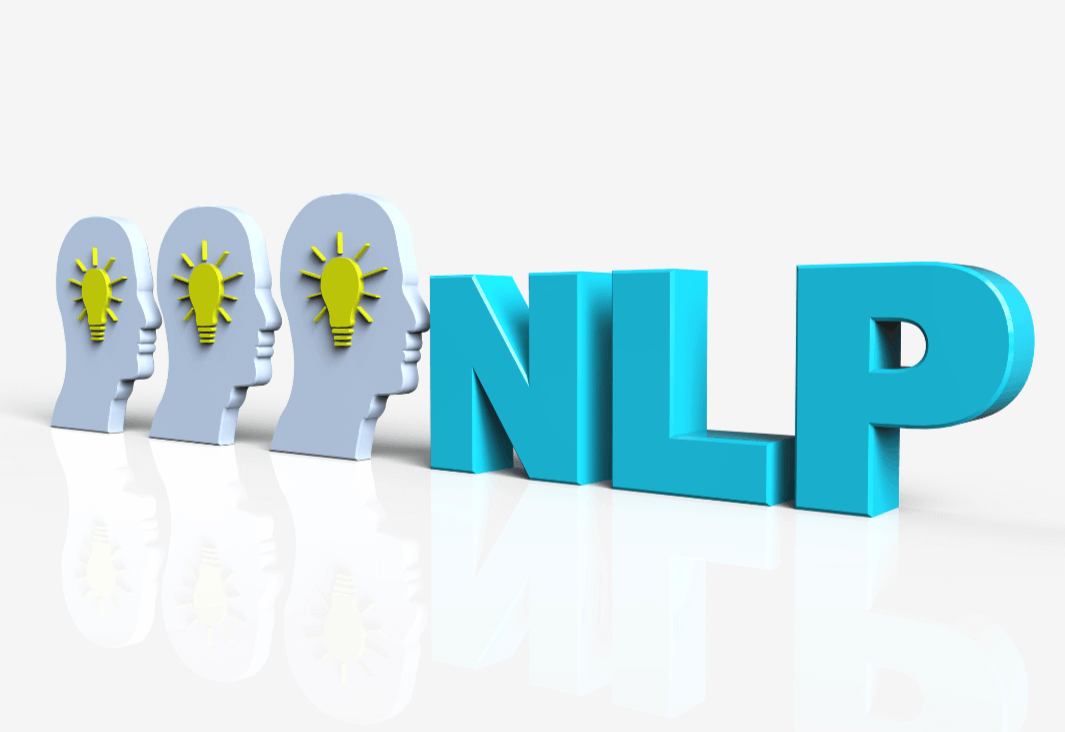 This is where Neuro-Linguistic Programming (NLP) comes in.... How NLP Helps You Break the Cycle of the Second Arrow
This is where Neuro-Linguistic Programming (NLP) comes in.... How NLP Helps You Break the Cycle of the Second ArrowNLP is based on the idea that our thoughts shape our reality. The way we interpret events determines how we experience them. By shifting our mental representations, language, and behaviors, we can change how we respond to life’s first arrows—before the second arrow ever has a chance to fire.
Rather than letting our subconscious dictate how we experience challenges, NLP teaches us how to:
- Recognize automatic negative thought patterns.
- Detach from limiting beliefs that reinforce suffering.
- Reframe situations to shift emotional responses.
The first arrow may be inevitable—but the second arrow is a habit. And like any habit, it can be broken.
In future posts, I’ll dive deeper into how specific NLP techniques can help defuse the second arrow. But for now, I’ll leave you with this:
The next time you find yourself caught in the storm of self-doubt, pause.
Ask yourself:
Ask yourself:
"Is this the first arrow? Or am I firing the second one?" That moment of awareness is the first step toward breaking free.
Are You Ready to Break Free from the Second Arrow? - If you find yourself stuck in patterns of overthinking, self-doubt, or stress, NLP coaching can help you develop the tools to change the way you process challenges.
Because life will always throw first arrows your way—but you don’t have to keep firing the second one.
Let’s talk.
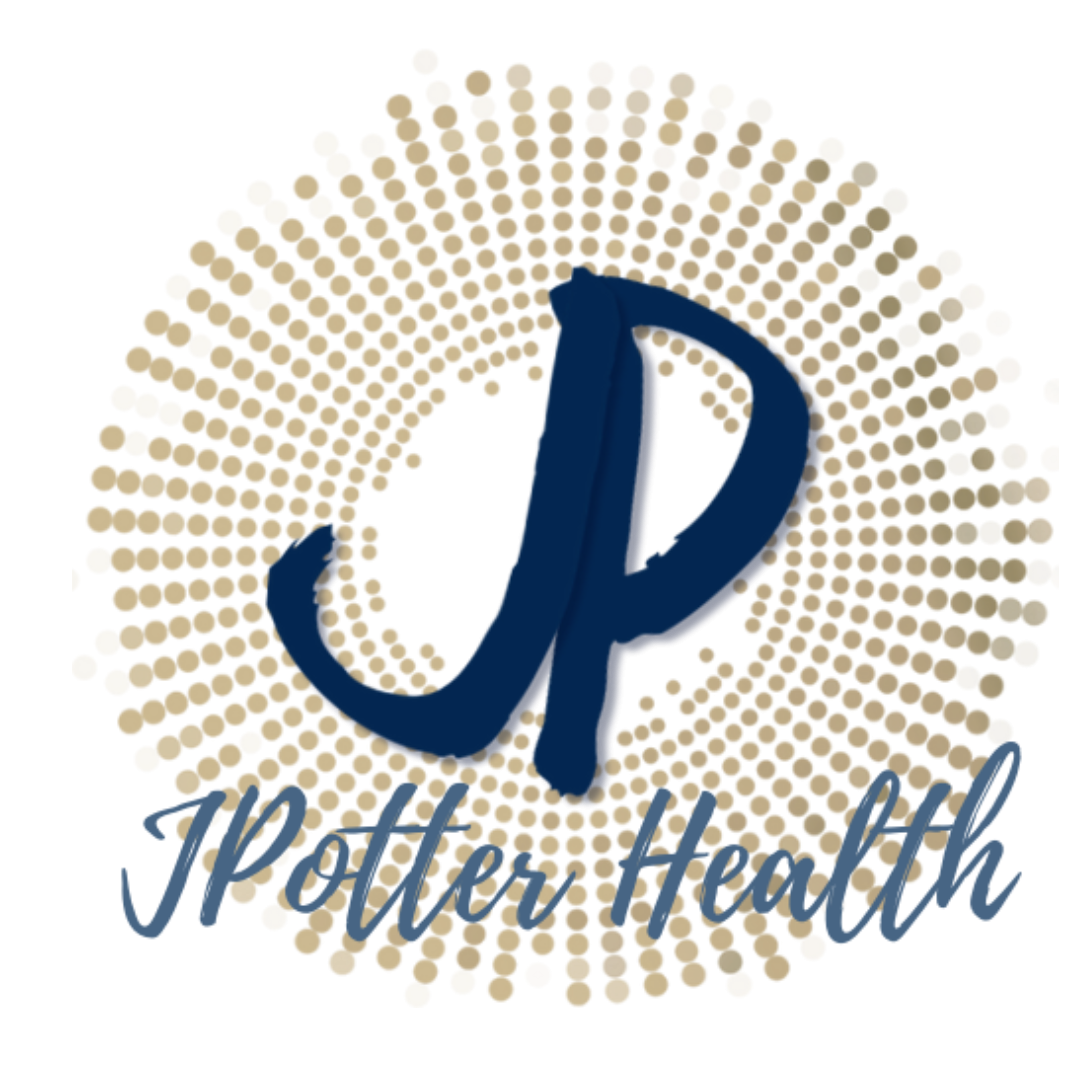
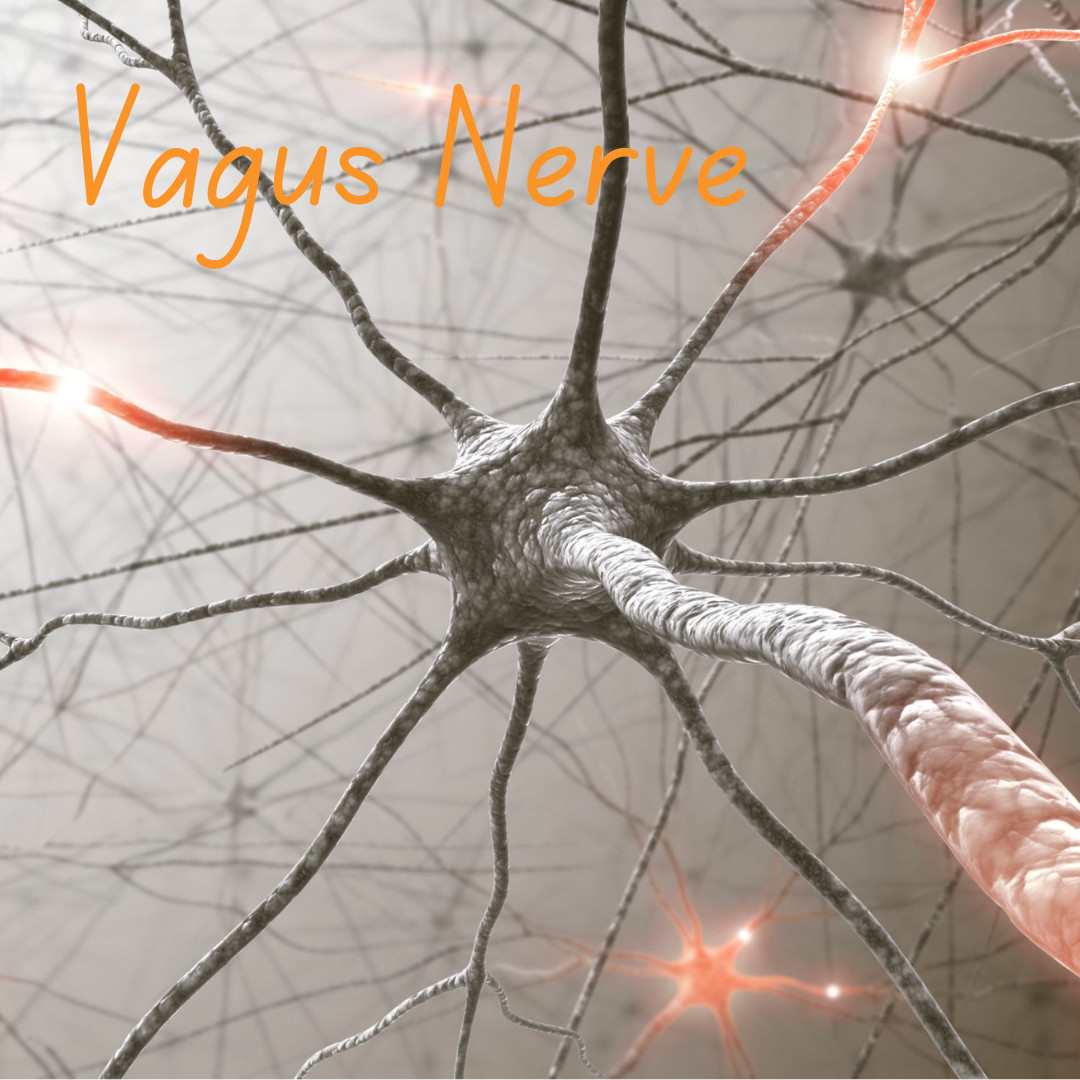
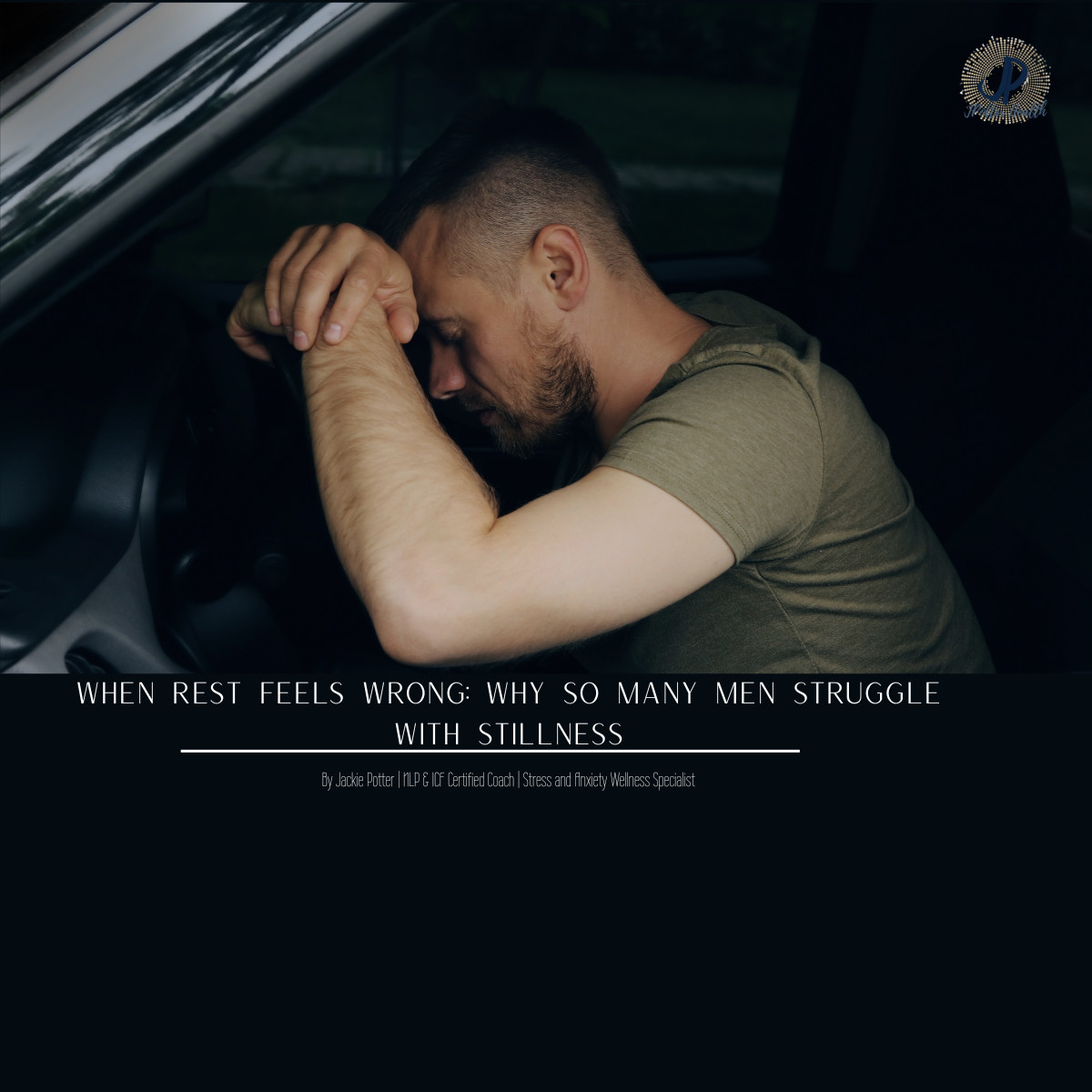
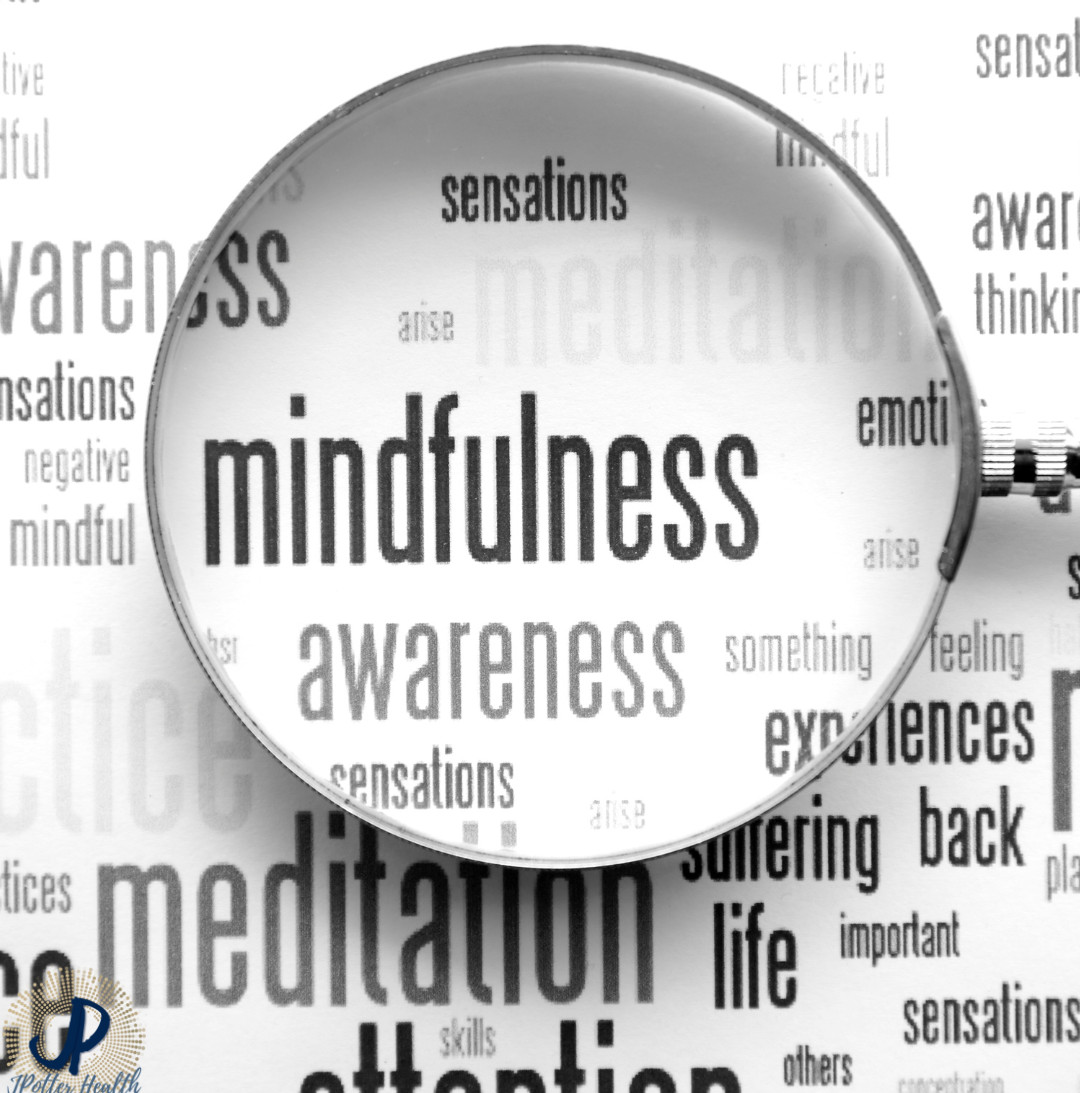





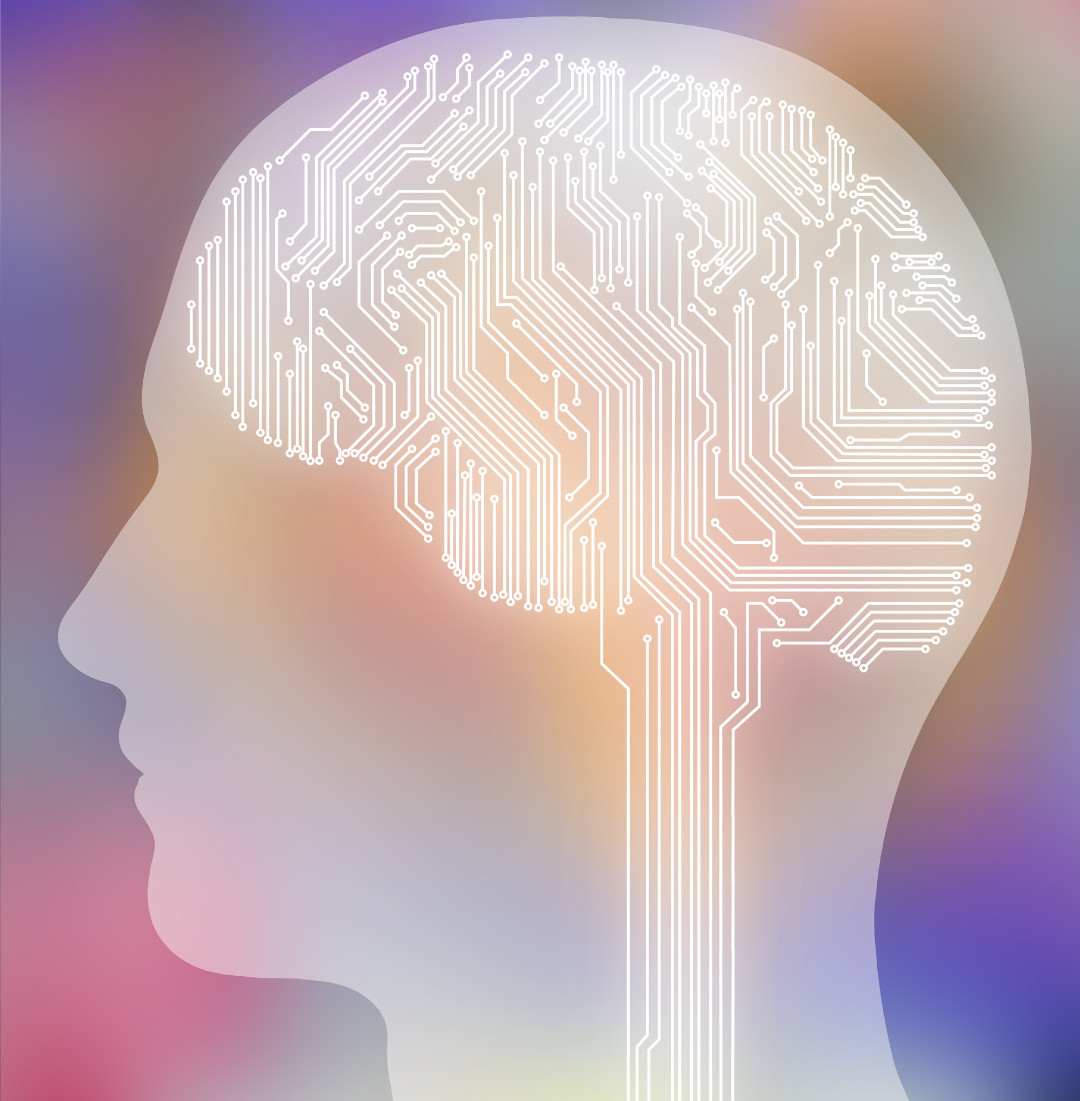



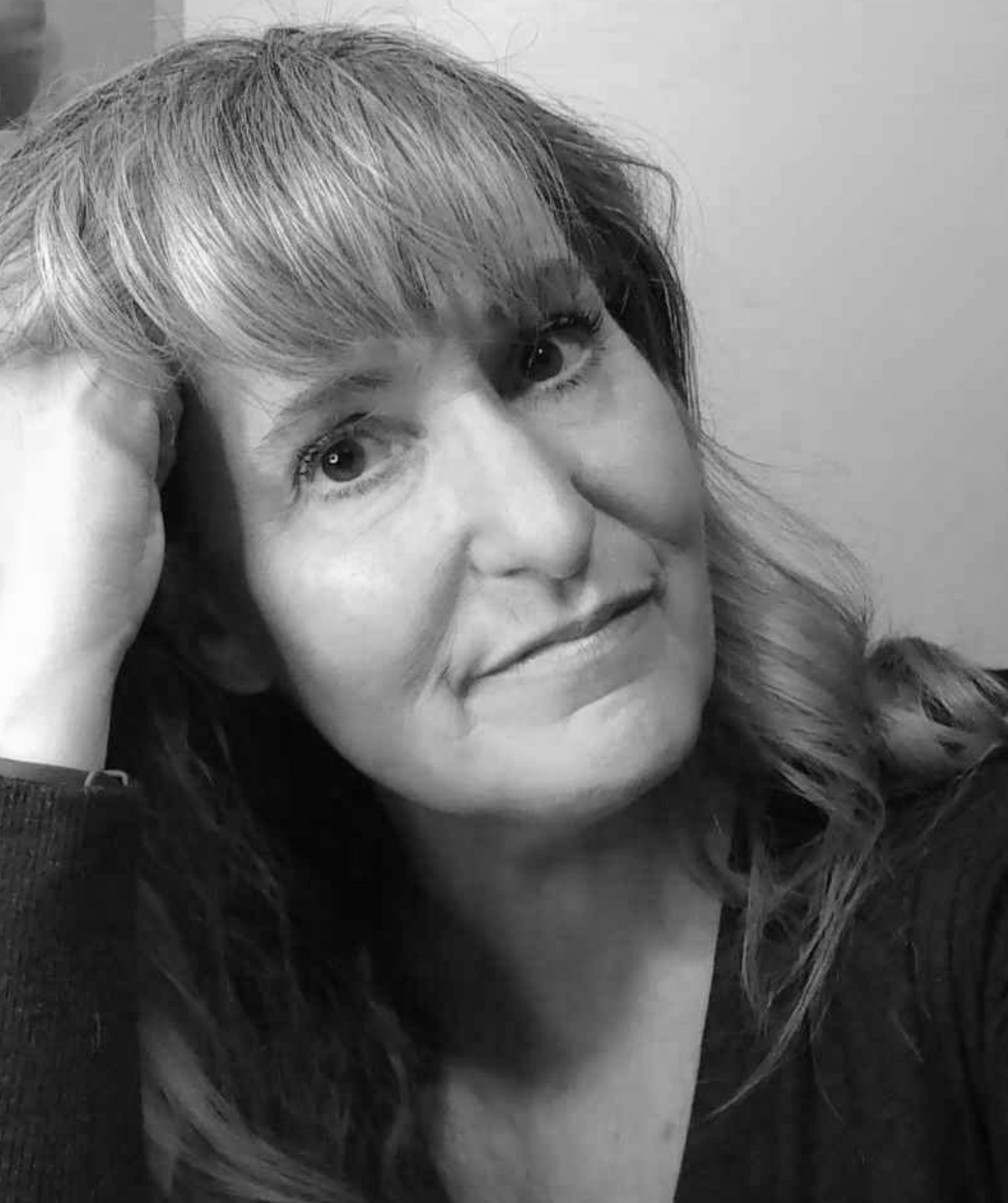


0 Comments